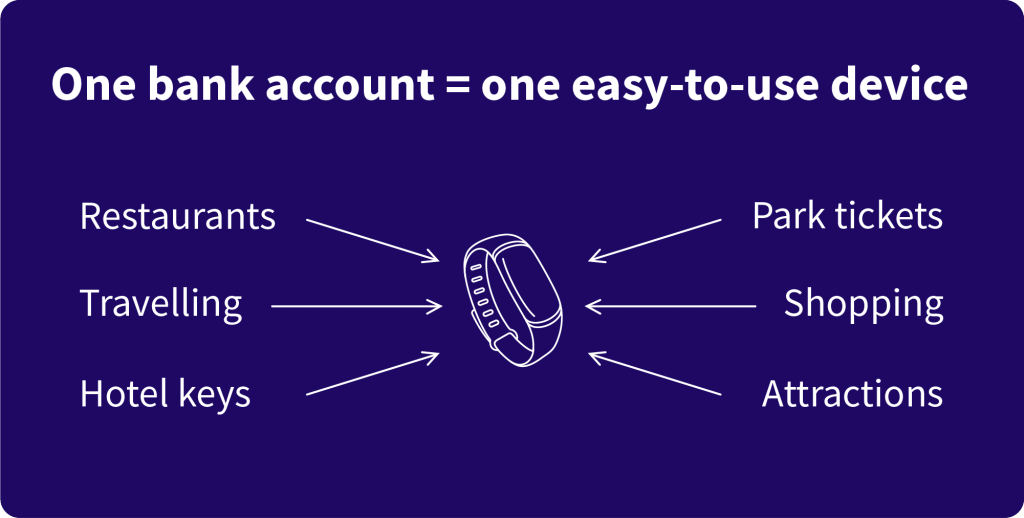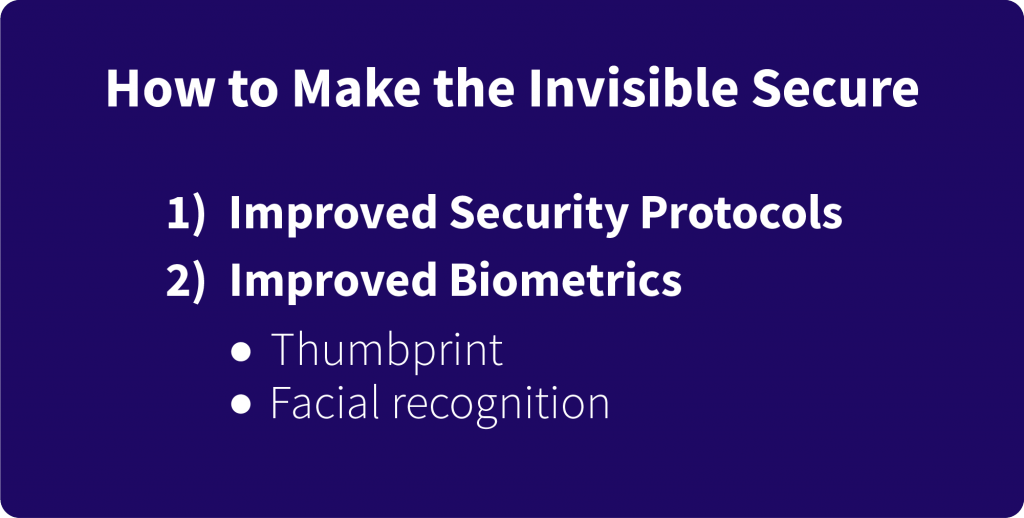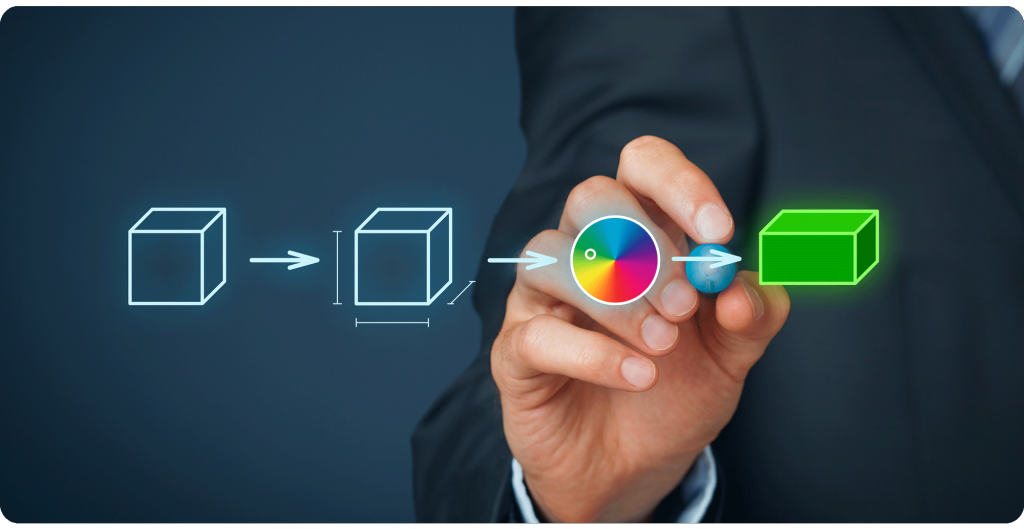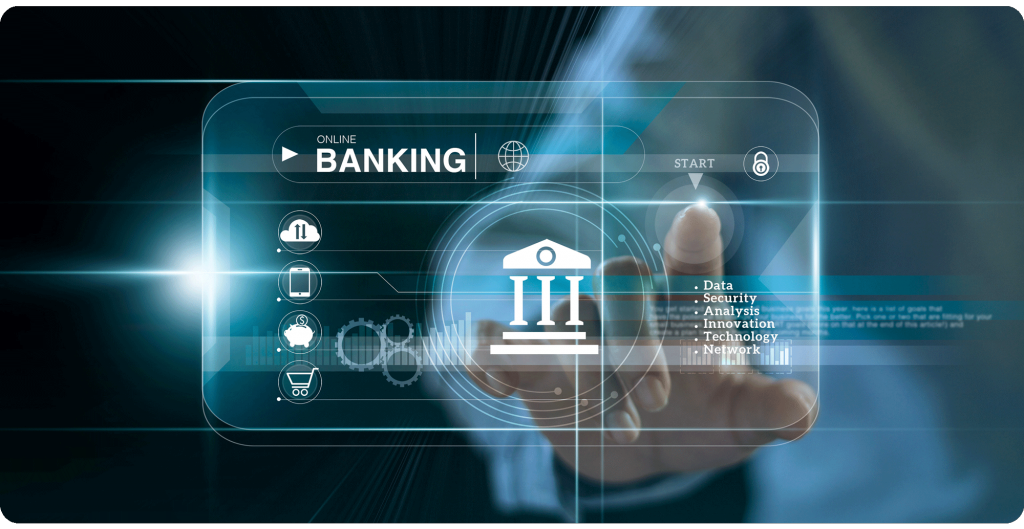In the years to come, we may surely expect a lot of new improvements, and many of them will appear thanks to the Internet of Things. This technology is not only a hype nowadays but also a must if you want to stay afloat in your line of business. Well, how exactly can the Internet of Things help your financial business?
written by:
Nadezhda Mal
In the years to come, we may surely expect a lot of new improvements, and many of them will appear thanks to the Internet of Things. This technology is not only a hype nowadays but also a must if you want to stay afloat in your line of business. Well, how exactly can the Internet of Things help your financial business?
We were discussing some of the most intriguing use cases of IoT technology in the banking and finance sector here and here. This time we will dwell upon the new wave of digital payments — invisible ones — and see how an IoT solution can improve customer experience and help you deliver more personalized services to your loyal clients.
Go Invisible
The concept of invisible payments boils down to the idea that transactions are made with little or no intervention at all on the part of a user. Be it a car, a fridge or a smartwatch, payments can be initiated and completed by a sensor/device.
It is pretty obvious that the most convenient payment system is when your client does not have to do anything at all. When making payments, hardly any modern human would like to pay special care to the payment process as such but rather concentrate on the purchased item or services provided. Provided the payment process is safe and secure and the amount due is correct, no one really would like to punch in those credit card numbers or PINs. As a result, seamless transactions are rapidly becoming kind of a norm.
No wonder that financial institutions are trying to ease up the procedure and make our life easier as far as possible. Some time ago smart rings were a kind of futuristic accessoire but nowadays banks are willingly embracing such and similar opportunities.
Examples of IoT devices used for payments may include both traditional smartphones and smart watches as well as more sophisticated items such as smart carts, toll payment devices and voice-enabled products. Moreover, in the coming years we will most likely see smart cars paying for gas and parking by themselves and fridges placing orders as soon as they detect that the owner has run out of certain foodstuffs. Such devices can be fully integrated with payment processing and tracking capabilities to make purchases painless for consumers.
Just imagine that in the future you can walk into a supermarket, pick the goods you want to buy, drop them in your shopping cart, and then simply walk out of the shop when you are done — no more queues and checkouts. This can become a reality thanks to a variety of technology shticks such as sensors, beacons, IoT devices, and cutting-edge software. It should be noted that the future is actually already here. Well, at least in some places — Amazon Go and Alibaba are already offering such experience.
Another great example is Disney’s Magic Band. With this device around your wrist, you don’t need to worry about keeping track of hotel keys, park tickets, passes to skip attraction lines, or your payment cards. You can easily leave the wallet in your hotel room and use the MagicBand instead. It’s essentially cardless payment technology, which is integrated into a way broader customer experience. Typically for Disneyland, you may even say that it’s a kind of magic.
Balance between Security and Consumer Expectations
The idea of an invisible process seems very attractive, but even then, it’s not truly “frictionless”. According to the recent data, 90% of consumers lack confidence in the security of IoT devices. Hence there must still be checks in place to ensure basic security and authentication for clients. As is the case with any new technology coming into the world, we can’t just rush into the invisible approach to the IoT in banking without the right tools and protocols in place. Security has been — and should always be — a primary concern.
If we want to successfully bring invisible payments to life, an omnichannel environment for end users must surely be on our agenda. Of use will also be such technologies as Machine Learning, Artificial Intelligence, sensors and IoT devices. Let us not forget about such common security solutions like tokenization and biometrics.
In any case, the banking and financial sector will need a highly secure back end with an encrypted database and reliable automated software updates as well as vulnerability patches. This approach alongside with other standard security procedures are critical for reducing the risk of a data breach for clients.
As is clearly seen, the Internet of Things space is an appealing prospect not only for software and hardware developers, but for banks and other FinTech companies as well. Such market players can help drive innovation in the payment area through the use of NFC chips, payment apps, sensors, tracking devices, etc. Some of the world’s biggest payment services providers are grasping the initiative to capitalize on this trend.
No matter what our dignified goals are, we should not forget the simple truth. The more seamless the integration of these devices with one another is, the better the experience our clients receive.
Take a More Personalized Approach
It is no understatement to say that a bank’s clients are its driving force. Therefore, banks clearly have an interest in fostering stronger loyalty in their customers — and they can do this by delivering tailored services to these customers.
The more you know about your client base, the better services you can offer. IoT devices are the perfect solution to collect information about your clients.
First, you can enhance customer experience through privacy. The IoT uses networks of microsensors that assist banking and financial institutions in gathering and securing customer data.
Better security is one of the most crucial foundations for better services. Smart microsensors can collect additional data which will help to make financial procedures more personalized. In this case, smartphones can play the role of beacons notifying managers when a customer is paying a visit to the branch. Inside bank buildings, IoT technology will reduce queues and help customers in finding their way around the branch and getting to the right representative.
Secondly, do not forget about proactive services. In this use case, the IoT makes it possible for banks and other financial institutions to detect service faults and find solutions to them before the situation worsens. With this type of technologies, banks can track past activities, customer’s behavior, and unusual activities in customer accounts.
Through combining the IoT and Big Data, a financial organization can analyze various aspects of its users’ behavior – including the regularity with which they visit merchants or transact money. On the basis of such data, banks can provide retail offers or discounts personalized to customers’ preferences.
Thirdly, we can manage customer relationships. The Internet of Things helps banks and financial institutions to have a healthy relationship with their customers and provide better customer experience.
Let us not forget about digital branches which can create a pleasant and interactive customer experience. The idea here is to optimize benefits through digital transformation by developing personalized offers for individuals. With the help of so-called wearables, this personalization has advanced even further. Real-time information can thus already be collected. In this case, customized offers are sent to the customer based on the real-time data collection, depending on the current situation. The American financial holding company Umpqua Bank offers its customers large app screens, a large format of interactive touchscreens that display the bank's products and services.
In addition, the employees are equipped with laptops and iPads to serve customers at any location in the branch. The IoT thus becomes a bridge between different generations of customers. Step by step, it introduces the older generation to digital solutions, while at the same time attracting the Millennial generation with digital offers. Combined with data analytics, this is currently the best way to improve customer relationships as well as the efficiency of sales and marketing.
At the End of the Day
IoT technology can change the way banks do business, since they can transform the way financial institutions reach consumers. Whether it’s through voice-activated devices like Amazon Echo or smart home appliances, customers can make transactions in a more convenient way.
The IoT has the potential of totally disrupting the financial sector in the future and causing all banks to embrace its use due to the benefits it has to offer. Even companies such as Apple and Google have taken to developing IoT devices such as smartwatches, wristbands, etc. which enables easier access to bank information. For instance, smartwatches, when connected to customers’ accounts through the IoT, allow the person to receive notifications such as alerts, balance as well as reward points. At present, banks are in continuous demand for these types of IoT-based products and more from companies that make such products.
At the end of the day, we will have the Internet of Payments.
More on the benefits of using the IoT for banks and finances will be unveiled in our next article.
The IoT is a huge system where each link plays an important role in proper connection. And that statement is true both for hardware and software. That is why you need high-quality software development companies, and Qulix Systems is one of them. We are ready to offer you our experience and aspiration to bring any of your outstanding ideas into reality. Feel free to contact our team or visit the website for more information.

Contacts
Feel free to get in touch with us! Use this contact form for an ASAP response.
Call us at +44 151 528 8015
E-mail us at request@qulix.com











